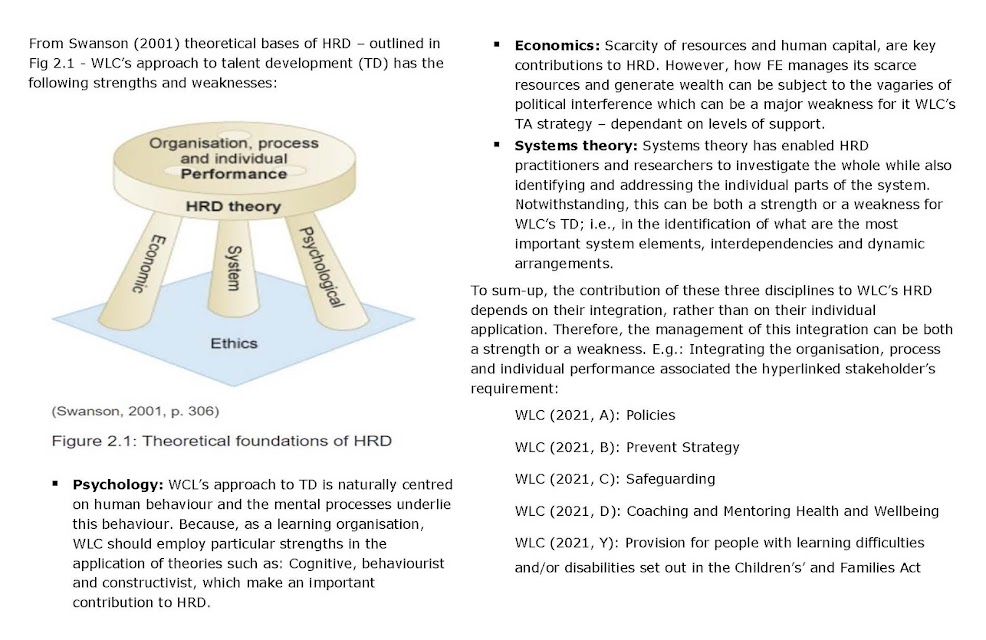1.2. (a): Help with reflections (example/s).
The hyperlinked Continuous Professional Development (CPD) outlines
my experiences - of using reflection to support my learning from practice.
These activities occurred as a condition of my membership of the Institute for Learning
(IFL) i.e., required to submit at least 30
hrs of reflective CPD content annually. IFL: Video
on membership.
Example: Qualified
Teacher Learning & Skills (QTLS) status is the badge of
professionalism for post-16 education and training, helping practitioners
advance in their careers and demonstrate their expertise and experience to
colleagues, employers and learners. This 6-month programme was sign-off my
line manage and IFL.
1.2. (b): Use of theoretical models to assist reflect reflections - Kolb's experiential learning cycle.
Kolb’s Learning Style Questionnaire identified me as primary having an Active/Reflective Learning Style; the consequence of this analysis has been that I been able to motive my reflective learning via the construction of learning technologies, such as - see hyperlinked Reflective online journal: Module B867. Ref.: Hilton (2021).
1.2. (c): Record of reflections.
The main record of my stated CPD activities where stored on the Institute
for Learning (IFL) “Reflective” storage system and my employees HR department - utilised for annual review of competencies.
1.2. (d): Identification of consequential action resulting from reflections enable me to conduct various training “gap-analysis” for my role as - Business Lecturer / Grade 1: Maths Lecturer and Learning Technologist - resulting in the following CPD activities: Continuous Professional Development (CPD) activities.


